Fat Injections
What are fat injections?
Pretty much as it says on the tin: fat injections are injections of fat – your own fat. The fat is used as a filler to plump up areas of the face that need a boost, such as the area around the eyes, which can become hollow-looking as you age. You’ll also see this type of treatment described as ‘lipomodelling’ or (in good old Anglo-Saxon) as ‘fat graft’, or sometimes ‘microfat’ or ‘nanofat’ injections.
The injections can be used to plump and volumise parts of your body too. For example, fat injections can be particularly effective at helping revolumise gaunt hands and can give a subtle, modest increase in breast shape and symmetry. Perhaps most famously fat injections are used in some parts of the world for the bum lifting procedure called the ‘Brazilian Bum Lift’. However, there are significant concerns about the safety of the treatment and its practice has been limited in the UK as a result. Scroll down for all the info and FAQs about fat injections.
EXPECT TO PAY
£ 2500 - 3500
TWEAKMENT TIME
1 - 2 hours
LONGEVITY
Five years
ANAESTHESIA
Yes - Local anaesthesia and numbing cream
DOWNTIME

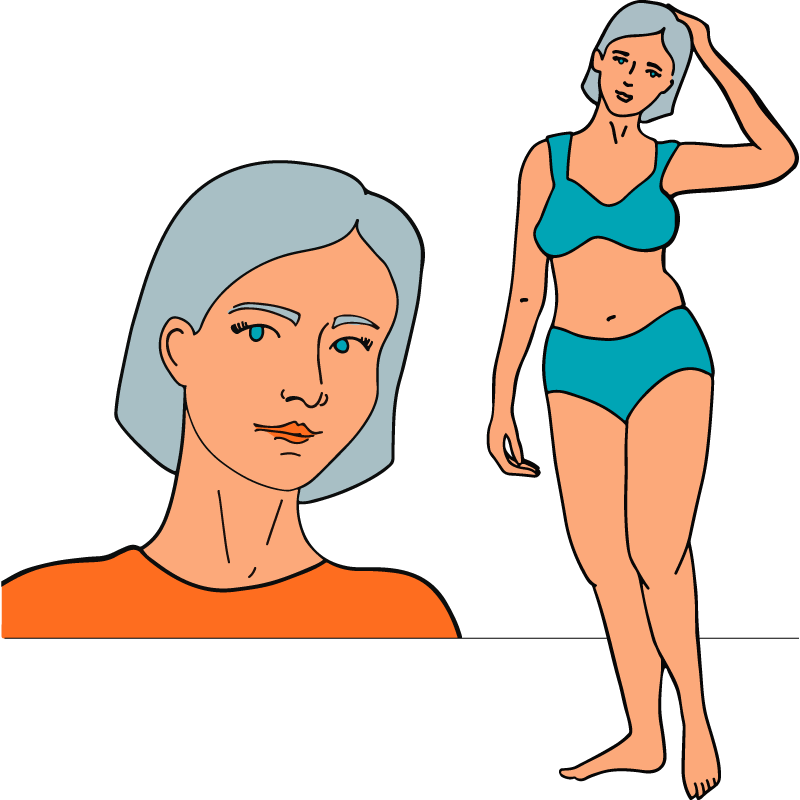

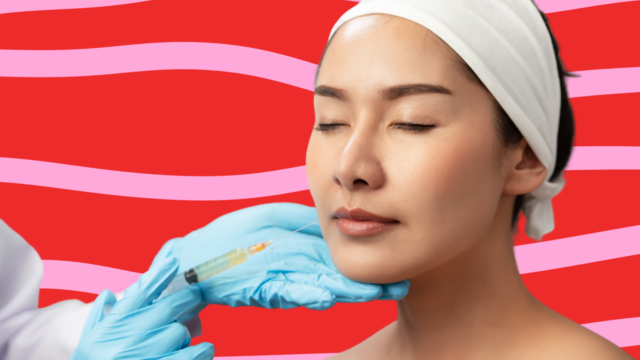
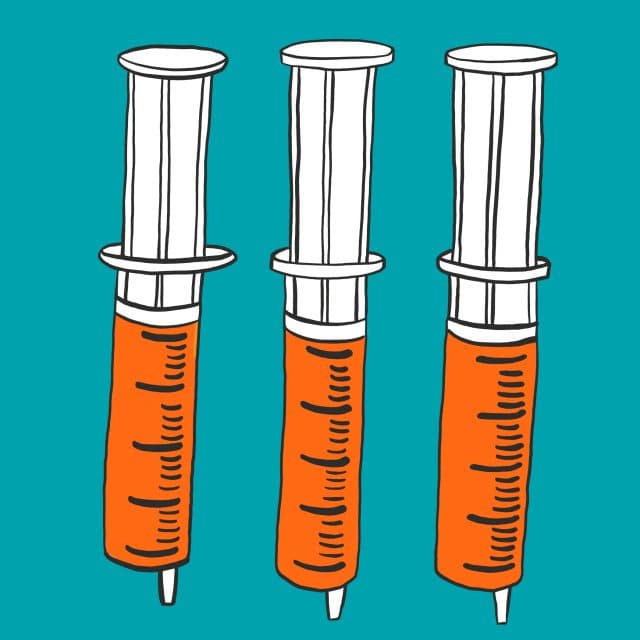
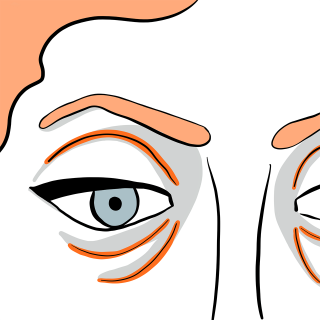
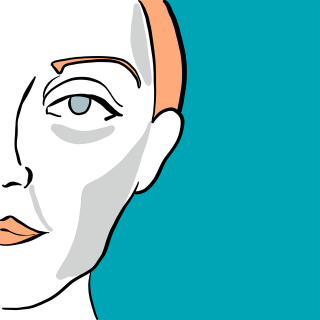
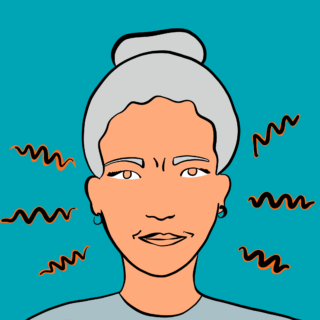
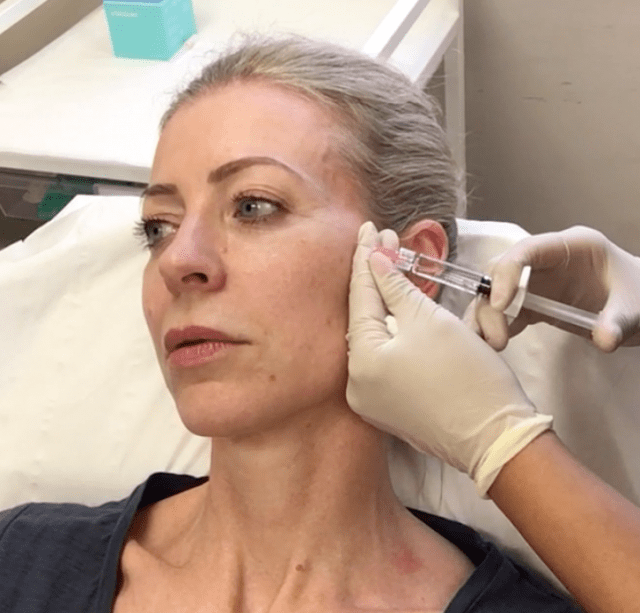
 The Tweakments Chatbot
The Tweakments Chatbot